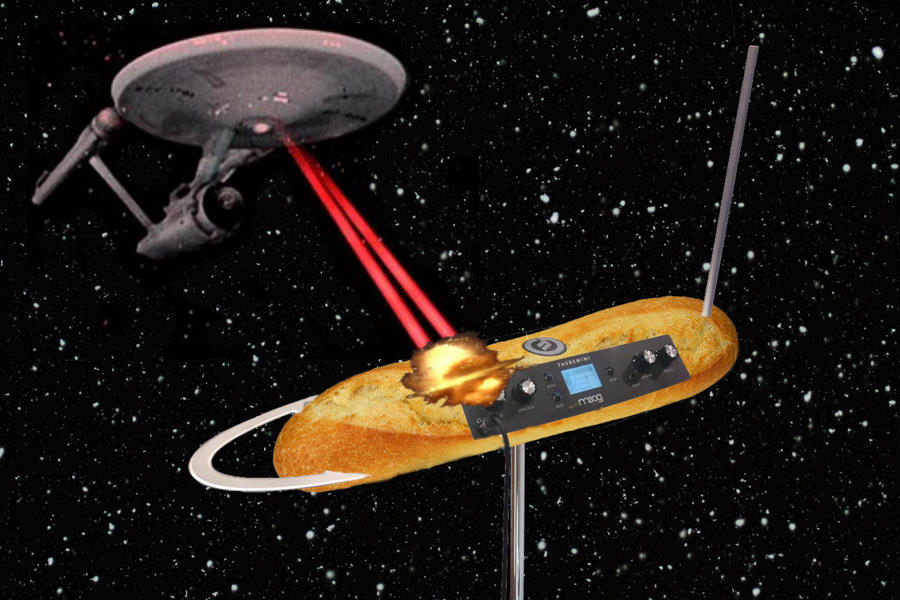It seems possible to me that some of the disappointment expressed on this thread stems from the hope that Moog would expand their range of theremins by producing another high-end theremin, comparable to their previous forays into the classical theremin market, the Etherwave Pro and the Ethervox. The appearance off the theremini does make this seem less likely.
Undoubtedly this is a business decision. Both of Moog's excursions into the classical theremin market were very short-lived. We can safely guess that they were not profitable. So they made a product that appeals to their established customer base, the electronic and experimental musician. They know these customers well, and will most likely sell several shed-loads of thereminis, validating their decision.
Will this impinge on the classical market? I doubt it. Outside of existing classical thereminists I doubt that many classical musicians have the slightest interest in Moog's antics, or attend NAMM, or follow Synthtopia or Create Digital Music or any of the other electronic music blogs. Rather they will continue to discover the theremin by hearing Clara Rockmore on the radio or whatever other routes they have discovered it in the past. And I think they will find good news when they go looking for more information - that the best place to get a high quality instrument is not from a business that does not know the classical market, but from a dedicated and skilled craftsman with a classical sensibility, a theremin luthier who cares more about quality than profitability and who is able to create an instrument fitted to their individual requirements.


